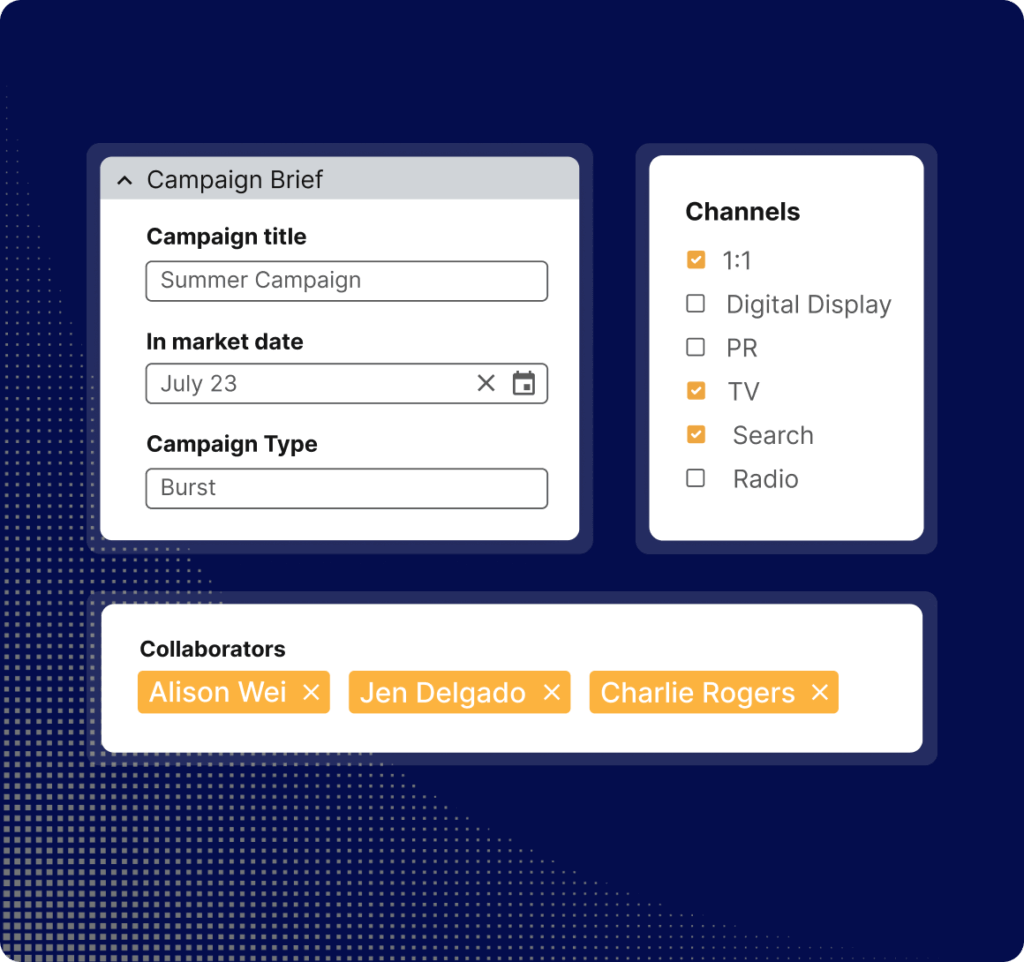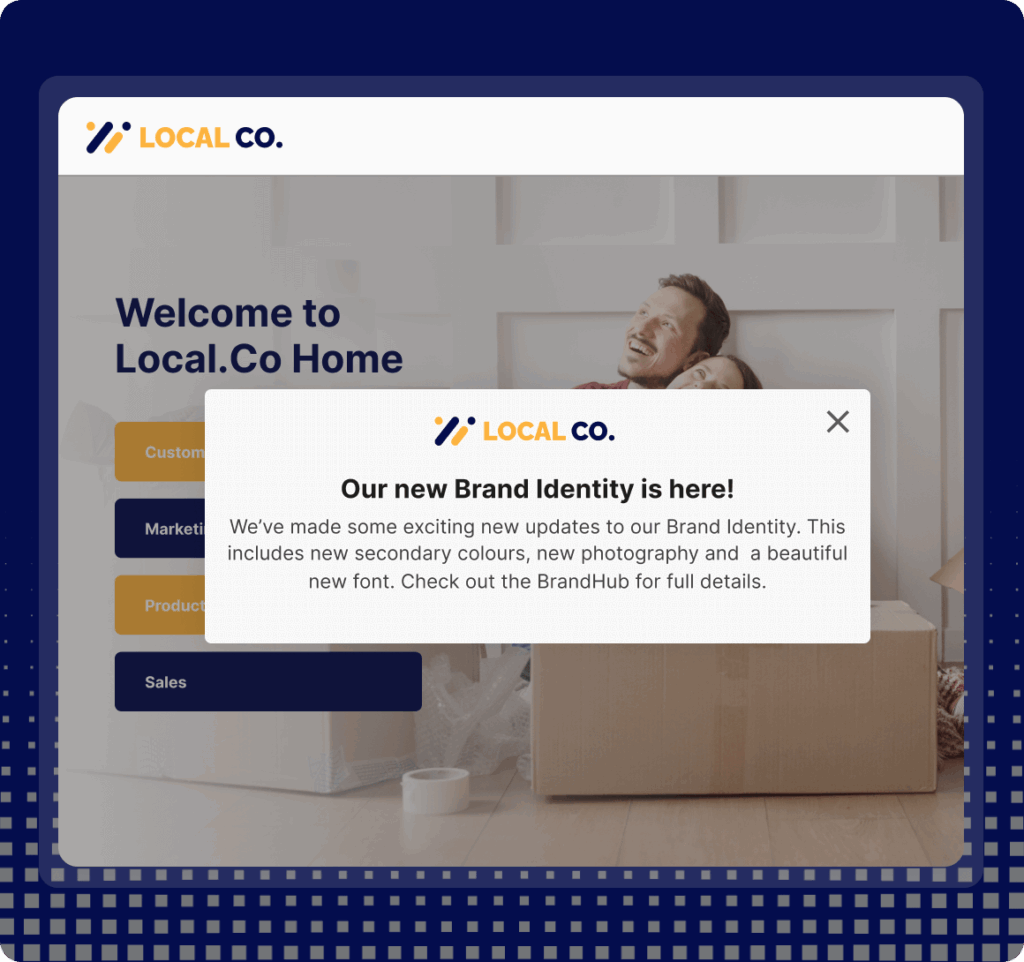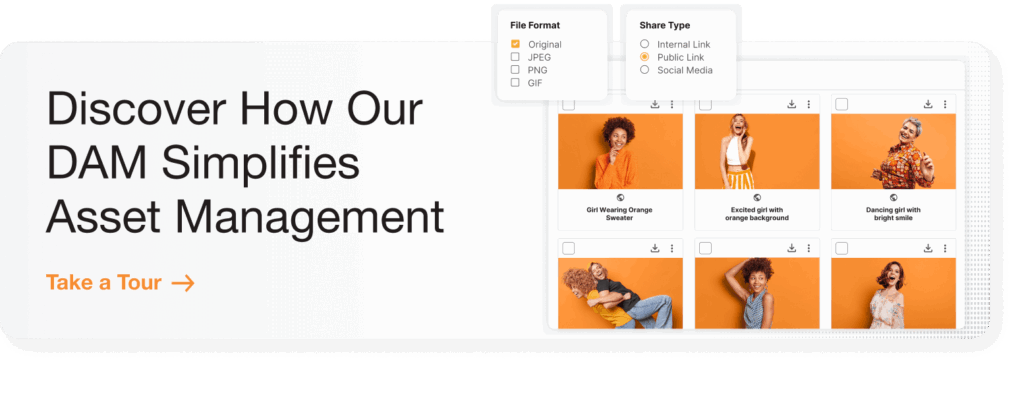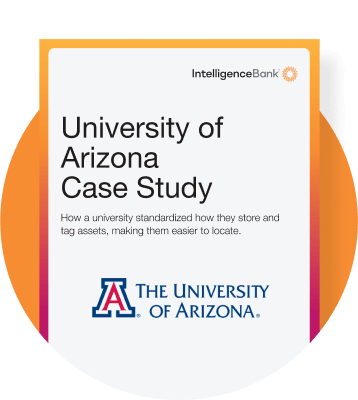Strong brands are built by talented people using the best brand management software. So it stands to reason every marketing leader wants the best brand management software they can get. But how do they evaluate it? The answer is to know what good looks like and see which vendors match your needs.
Brand management software has become a necessity. Particularly in highly regulated, high-volume content environments where being first to market is increasingly difficult. Many marketers are trying to make the most of legacy systems that are not purpose-built for marketers which ultimately slows them down. Consequently, the hunt for the best brand management software vendors is on in earnest.
In a market saturated with options of varying standards and capabilities, finding the best brand management software is frankly, exhausting. But it’s an important decision you can’t afford to make on the fly. It’s not often you get to migrate to a new system, and you need to be sure you’re climbing on board a yacht not a rowboat.
With the right knowledge, you can streamline the selection process and choose the brand management software solution that aligns with your brand’s objectives and how your team and organization operate. We’ll help you explore the essential elements that define the best brand management software that equips you with the tools needed to elevate your systems and your brand. We provide a comprehensive review of the problems brand management software solves, as well as the features and functionalities available to help you determine the best brand management software vendors.
What does Brand Management Software do?
Before diving in, a short clarification on what brand management software does. It’s a Saas site that centralizes and streamlines the creation, organization, storage and distribution of brand assets, ensuring consistency and compliance across all marketing channels.
The best brand management software can see you through from strategy to content creation, launch, campaign management and post analysis. It integrates all your favorite apps and tools and includes AI, automation and workflows that make brand management easier and more effective.
From seamless collaboration features to robust analytics capabilities, the best brand management software should empower your team to unleash their creativity while reducing repetitive and mundane tasks.
Brand management software covers three interlinking categories that come together to deliver one solid, end-to-end solution that acts as the central source of truth for all things brand:
1. Online Brand Guidelines
A set of rules and standards that define the look and feel of your brand
2. Digital Asset Management
A system that allows you to store, easily find and share your creative assets (logos, images, video and audio files)
3. Workflows
Systems and tools to support the collaborative feedback, proofing and approvals required to produce the assets from brief to launch.
Ultimately, brand management software helps you simplify processes and collaborate in real-time to get great brand compliant, legally approved content out the door fast.
To get a better picture, take a tour of IntelligenceBank’s brand management software.
What Functionalities Can You Expect?
Brand Management software is the lynchpin for workflows for asset creation management – particularly if you are managing a portfolio of brands with multiple sets of guidelines. But it also manages the surrounding workflows that support strategy, briefs, timelines, budgets, material distribution, tracking, performance, storage and finally, post-analysis. Here’s a list of typical functionalities you can expect to find:
- Facilitate collaboration across departments and with external agencies and partners to help streamline feedback, proofing and approvals.
- Assign tasks and automate reminders
- Create and share inspiring brand guidelines so standards can be maintained
- Automate responses for asset requests and frequently asked questions
- Triage brand requests
- Leverage AI tagging to make creative assets such as images, videos and audio files as well as completed campaign material easy to find and share.
- Seamlessly connect to commonly used third party content management systems and creative software for enhanced workflow efficiency and data synchronization.
- House editable brand approved creative templates
- Track and manage talent usage rights and create alerts for at risk assets
- Provide detailed information on each creative asset such as creation dates, version control, licensing rights and technical information.
- Streamline the content creation process from brief to launch with a fully auditable trail of mark ups and approvals.
- Sort out version control issues
- Stop the hunt for the right asset version, feedback buried in fragmented email loops and approvals scattered across multiple platforms.
- Integrate disclaimers and other regulatory mandatories.
- Share assets simply with brand partners, creative agencies and media houses
How Do I Recognize the Best Brand Management Software?
Brand Strategy
- Ability to share documentation and collaborate with key stakeholders
- Allow people to collaborate on documents such as brand audits
- Track document versions and comments
- Link to confidential primary research data
- Include rich media such as video and audio files
- Build a staged timeline for completion
- Automate regular strategy review cycles
- Provide an audit trail of who has approved each stage
- Integrate within a creative workflow so it can travel with subsequent marketing campaign and task briefs

Brand Consistency
In years gone by, brand guidelines were trapped in static PDFs with no interactivity. Consequently they were often lost in the ether or were just plain out of date. Today, brand guidelines best practice rule number one is to house them online. That way, all approved users can download the latest logos and use the online brand guideline portal, or BrandHub as we call them, to streamline communication and facilitate fast brand approvals. There are all kinds of online brand portals on the market, but the best of the best brand management software will include the following functionalities:
- Enable online access for 24/7 authorized access
- Provide granular permission based access that can be split any way you like, for example, by brand, sub brand, internal, franchisee or to external partners.
- Be fully customizable to suit the very brand guidelines you seek to distribute.
- Displays rich media such as video and audio to bring your guidelines to life.
- Provide downloadable editable, pre-approved creative templates.
- Include a channel that streamlines brand task requests to marketing.
- A dedicated stand alone area to funnel brand approval requests from brand partners or global offices.
- Automates responses to commonly asked questions.
- Links approved users to your wider bank of digital creative assets such as photographs, web graphics, videos and audio.
- Updates any aspects of your brand guidelines in real time.
- Provides analytics and reporting on downloaded content by team members or asset.
- Offers user training via ‘How to use’ guide.

Brand Campaign Production
One of the best things about brand management software is its ability to facilitate collaboration between internal and external team members with creative workflows. There’s a workflow for all kinds of brand management processes – whether you’re working on a major brand campaign or a one off task. The best part is, many of these can be automated.
You’ll know you have a top brand management software solution when these functionalities are included:
- Kanban boards that manage job creation and timelines.
- A formalized process to send briefs and creative to designated approvers – with a full audit trail.
- Configurable briefing templates and intake forms that contain all required information such as deadlines and budgets.
- Links campaign work to master strategy documents and briefs.
- Editable brand approved templates that enable fast localization to help scale.
- Annotate and markup creative assets, with a date stamped and reportable audit trail of all feedback and comments.
- Automatically generate and embed standardized disclaimers in creative work to avoid repetitive legal approval requests and reduce human error.
- View key information on your projects, approvals and time to market, via reporting dashboards.
- Collaborate on creative – with complete visibility on project status.
How do I Choose a Brand Management Software Vendor?
Now you’re familiar with brand management software capabilities, it’s time to evaluate vendors. Beyond the essential features, there are other important aspects to consider:
Assess Your Needs and Goals
Start by identifying your brand’s specific needs and goals. What problems are you looking to solve? What features are essential for your team? Having a clear understanding of your requirements will help narrow down your options.
Features
Look for software that offers a comprehensive feature set that includes digital asset management, brand guidelines, collaboration tools, workflow automation, and robust analytics. Ensure the features align with your strategic goals and daily operations.
Integration Capabilities
Ensure the software can integrate seamlessly with your existing tools and systems, such as content creation, CRM, marketing automation tools, and social media platforms. This will facilitate smoother workflows and data consistency.
Intuitive Interface
An easy-to-use, intuitive interface is critical for brand management software as it directly impacts user adoption and efficiency. Brand managers and team members often have varied levels of technical expertise, and a complex or cumbersome interface hinders productivity and causes frustration. With an intuitive interface, users can quickly navigate the software, locate essential features, and perform tasks with minimal training or assistance. This simplicity creates a positive user experience which means it will not only get used, but users will be more open to exploring the software’s capabilities. Ultimately, brand management software with a well-designed interface means users don’t spend valuable time grappling with the complexities of the tool itself and can get down to more high-value work that will actually enhance the brand’s effectiveness and success.
Onboarding and Customer Service Levels
You can have the best brand management software on the market, but it will be worthless if your team don’t know how to use it. Choosing the best brand management software goes beyond just the features and functionalities of the software itself; it’s also crucial to consider the quality of onboarding and customer service offered.
Opting for a provider that excels in both areas ensures a smooth transition to the new software and ongoing support that exceeds expectations. Effective onboarding sets the stage for success by helping users fully understand the capabilities of the software and how to leverage them to achieve their brand management goals.
Likewise, six-star customer service ensures that users have access to timely assistance whenever they encounter challenges or have questions about the software. With the best brand management software provider, not only do you gain access to a powerful tool for managing and maintaining your brand identity, but you also receive the guidance and support needed to maximize its potential and drive results.
Capability to Grow and Innovate
The best brand management software must have the capacity to evolve alongside your current business needs as well as your aspirations. Brand management software with scalability and a clear roadmap ensures that as your brand expands, so too does the software’s capacity to handle increased workload and complexity. It’s also a sign that your brand software provider has a commitment to ongoing improvement and innovation. It provides assurance that the software will remain relevant and competitive in the face of evolving industry trends and technological advancements.
Understands Security
The best brand management software not only helps you manage your brand assets and intelligence, it safeguards them. HIPAA compliance, in particular, ensures that the software adheres to stringent data protection standards. Mechanisms such as firewalls, Single Sign-On (SSO), and two-factor authentication add layers of protection, mitigating the risk of unauthorized access and ensuring that only authorized users can access the platform.
Understands Brands
When considering the best brand management software, you want a software provider who doesn’t just understand how to build great software, but one who understands what it takes to build great brands. You want a partner who truly comprehends the essence and value of your brand. One that appreciates the immense effort and resources invested in crafting and nurturing a brand identity. They recognize the meticulous attention to detail, creativity, and strategic foresight required to establish a brand that resonates with consumers. They also acknowledge the substantial financial investment companies allocate to build and maintain their brand presence and the value that represents on the balance sheet.
Cost vs. Value
While cost is an important consideration, it shouldn’t be the only factor. Evaluate the value the software brings to your brand management efforts. For example, the Return on Investment (ROI) achieved from fewer hours required for low-value tasks. It is important to look for a solution that can yield better long-term benefits.
Track Record
Lastly but critically, check your vendor track record. Make sure your supplier has a minimum of 10 years in business, with a stable of top-tier brands and a low churn rate. Also look into the types of brands the supplier has served. A portfolio of top-tier brands speaks volumes about the provider’s credibility and ability to deliver results for reputable clients. Additionally, a low churn rate suggests that clients are satisfied with the software and the level of service provided.
Also, investigate the vendor’s reputation and performance by exploring independent reviews on platforms like G2 or Capterra. These unbiased testimonials from actual users offer valuable perspectives on the software’s strengths, weaknesses, and overall satisfaction levels. By conducting thorough due diligence on your vendor’s track record, you can make an informed decision and choose the best brand management software provider that is not only capable but also reliable and trustworthy.
Check independent reviews freely available on G2 or Capterra.
Which Brands have Successfully Implemented Brand Management Software?
There’s no shortage of marketing teams using brand management software to supercharge efficiencies and improve brand and regulatory compliance. And the list is growing each day. Click the stories below to read about some real life use cases.
Tabcorp
Wagering giant Tabcorp implemented brand management software to cope with incredible amounts of content volume, limited design staff and stringent regulatory requirements. Read about the deployment here.
Jupiter Asset Management
UK based fund managers Jupiter operate in a highly required environment subject to regular compliance audits. Prior to implementing brand management software they had a disjointed system that siloed marketing, legal, and sales. The lack of a centralized content creation system was generating a considerable amount of unnecessary work across all teams. Double handling, revisiting tasks, inconsistent naming conventions and questionable version control was making life frenetic and frustrating for all. Jupiter deployed brand management workflow software they dubbed the ‘Approval Center’ which managed the process from end to end across all departments. Click here to read more.
Community Transit
The public transit authority for Snohomish County, Washington Community Transit went through a period of dramatic growth. They found themselves needing a solution to help their expanding teams access the correct assets easily and with confidence. They needed a solution that would give them confidence that their most current assets were being used by the right people. By adopting a comprehensive brand management software solution they were able to create an accessible central source of truth for all creative assets, ensure version control, reduce tedious requests directed to the Creative Services team. Find out more in this case study.
If you want to provide your team with the access to the best brand management software with top workflows, tools and guidance we’d love to hear from you. Contact us to book a demo.





